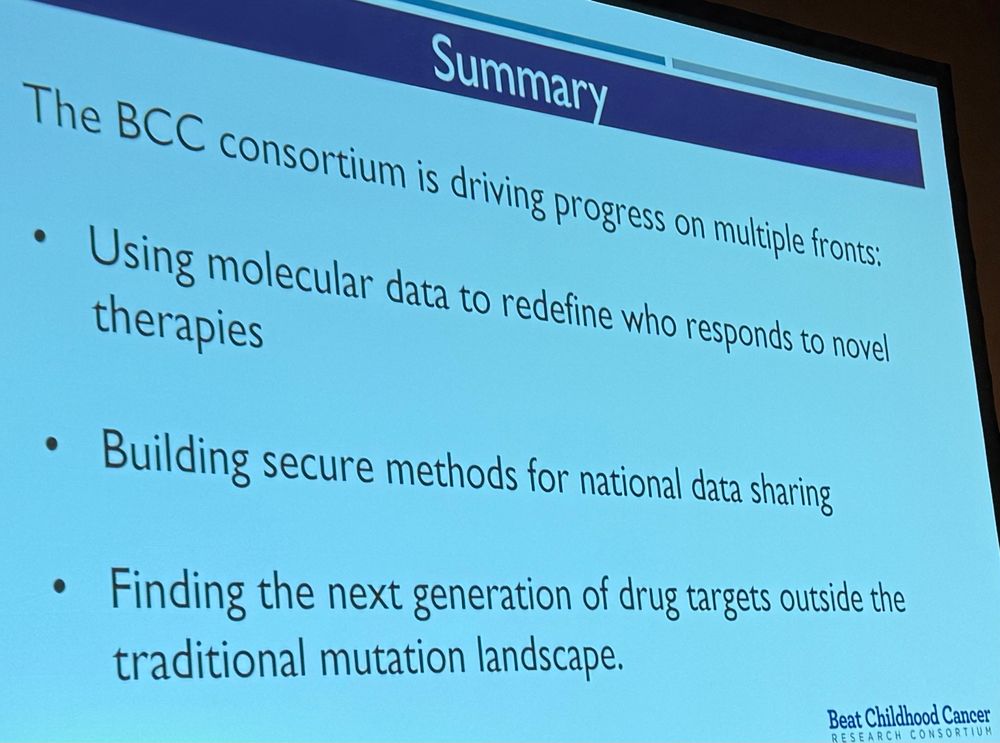🔵 Groundbreaking research led by Carol J. Thielehas been featured in #Oncogenesis.
▶️ Read the full open access article here: www.nature.com/articles/s41...

🔵 Groundbreaking research led by Carol J. Thielehas been featured in #Oncogenesis.
▶️ Read the full open access article here: www.nature.com/articles/s41...
#OpenAccess: www.sciencedirect.com/science/arti...

#OpenAccess: www.sciencedirect.com/science/arti...
🧵 Thread below
Full analysis: https://helixbrief.com/article/408e1836-66c9-4e55-8093-a2d65c1e7e04
🧵 Thread below
Full analysis: https://helixbrief.com/article/408e1836-66c9-4e55-8093-a2d65c1e7e04

➡️ Read it here: doi.org/10.1039/D5SD...
#OpenScience
#OpenAccess

➡️ Read it here: doi.org/10.1039/D5SD...
#OpenScience
#OpenAccess




🌟 GC7 Sulfate (HY-126470A) — DHPS inhibitor to study polyamine metabolism & translation in cancer.
🔗https://ow.ly/1LBC50X2Hl0
#Neuroblastoma #CancerMetabolism #Polyamines

🌟 GC7 Sulfate (HY-126470A) — DHPS inhibitor to study polyamine metabolism & translation in cancer.
🔗https://ow.ly/1LBC50X2Hl0
#Neuroblastoma #CancerMetabolism #Polyamines
🌟GC7 Sulfate (MCE, HY-126470A) can be used to study cancer biology.
Read more: https://www.nature.com/articles/s41586-025-09564-0

🌟GC7 Sulfate (MCE, HY-126470A) can be used to study cancer biology.
Read more: https://www.nature.com/articles/s41586-025-09564-0


🔹 Some patients face near-incurable disease & need new therapies
🔹 Others can survive long-term with current treatment
#ChildhoodCancer #Medulloblastoma

🔹 Some patients face near-incurable disease & need new therapies
🔹 Others can survive long-term with current treatment
#ChildhoodCancer #Medulloblastoma



